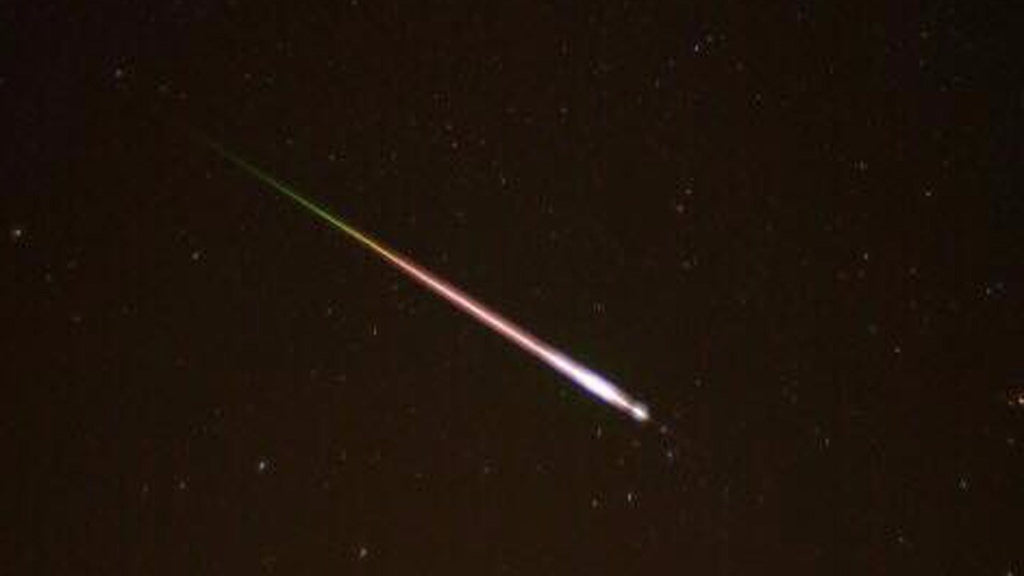An asteroid flyby this Halloween announced by NANSA -the closest flyby of this size since 2006

A newly discovered Steroid 2015 TB145 is hurtling through space at speeds of over 126,000 km/h (78,293 mph) right now. The rock measures between 300 and 600 meters (1,000 and 2,000 feet) across, was discovered last week by the asteroid-hunting Pan-STARRS observatory in Hawaii, according to NASA.
Discovered just 12 days ago, it has caught the attention of scientists at NASA because on October 31, it’s expected to streak by at an "unusually" high encounter velocity of 35 km/s, or around 78,000 mph within 1.3 lunar distances (310,000 miles) of Earth. This is closer to Earth than anything this size has since July 2006.
By contrast, the Russian meteorite caught by vehicle cameras in 2013 was 17 meters (55 feet) across and traveled at a top speed of 19 km/s, while the one that flattened a Russian forest in 1908 measured 40 meters (130 feet).
There is no danger of collision. NASA said that it was on an extremely eccentric and high-inclination orbit, and "may be cometary in nature," according to its measurements. While it likely gave some telescope-jockey a shock, the close flyby will give scientists a chance to image it with a resolution "as high as 2 meters (6 feet) per pixel," according to NASA. The next time an object passes this close (we hope) will be in 2027, when the mile-wide AN10 asteroid swings by at a closer distance than our moon.
It won’t be visible to the naked eye during its closest moments on Halloween, it should be observable to those have a good-quality amateur telescope.
Related news: LaGena Gamble was rewarded when she stayed up late to watch the Perseid meteor shower Wednesday night.

She said she snapped a photo of a meteor from her home in Rose, Oklahoma, a small community in Mayes County at 3:45 a.m. on Thursday, August 13, 2015 using an HD Pro camera.









